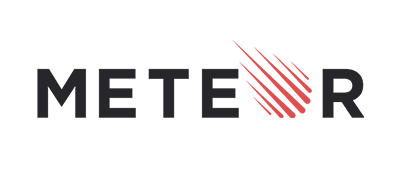
Will Simons and I worked on developing the iOS and Android app for the SJSU Production of The Circle.
The SJSU Production of The Circle allowed the audience to roam around a building and interact with actors of the play. The audience could choose their own adventure and to see different sides to the story.
Due to the scale of the play, actors would not be able to keep track of all the players and send messages or give points manually to them.
The purpose of The Circle App was to monitor the position of the user as they traversed through the building. Automatic push notifications were sent to users if they were in a certain room during an event, giving the user the illusion that they were being messaged and given points by the actors.

As the user interacted with the actors and perform tasks, they scored points. A leaderboard was added so that users could see how well they are performing compared to other audience members. The leaderboard ranks started at high numbers to give the impression that the user was part of a large company.

Technology
Meteor
We decided on using Meteor to develop our app. Meteor is a full-stack web development framework. This means it handles the database, the front-end, the back-end, and almost everything in between. Meteor is also built on top of Cordova, so it has the ability to be deployed onto mobile devices.
We chose Meteor because Will and I both were more acquainted in web development than in app development. Using Meteor, we were able to jump into development immediately.

When the user first logs in, they download a pre-defined list of events that occur at different times.
Rather than keeping track of the user on a server, we programmed all the logic to happen on the client. Push notifications are all local and fired from within the app.
As the user traverses through the building, the app keeps track of the users location and fires off events when it thinks the user has triggered one.

iBeacons
To keep track of user locations, we used iBeacons. iBeacons are tiny physical objects that emit a bluetooth signal that can be detected by most smartphones. Using a modified iBeacon Cordova plugin, we are able to detect the proximity between a person's smart phone and an iBeacon.
iBeacons were placed all over the building and on actors.
Based on which iBeacons the user is closest to, we can deduce which room the user is in. We are also able to deduce if the user is right next to an actor.
Problems...
iBeacon Gotchas
iBeacons are fine when the app is open, as they give fairly decent range values in the form of a float. However, if the app is in the background, then the iBeacons can only give discrete values of proximity such as Near, Far, and Unknown. These discrete values are very finicky and because of that, users were accidentally sent messages that weren't meant for them. We figured that there wasn't much we can do but to just roll with it.
"Am I going to have to pay for that bandwidth?"
We initially designed the app so that all information, including positional data, were sent to the server in an interval. This proved to be an extremely substantial load when we did a test run with 50 concurrent users. The server would hit maximum capacity within the first minute.
By this time, the app was nearing completion and we had a week left to develop. We made the decision to move as much server logic to the client as possible, and to not send location data to the server. This transition was made easier by the fact that Meteor shares a common API on the server and the client. We were able to finish the app on time.
Due to eventual technological malfunctions, actors were told to blame a fictional character named "Trevor" whenever there was a bug. Will and I later registered our names as Trevor when we attended the official runs of the play.

Conclusion
This was definitely one of the biggest projects Will and I have ever taken on. I am glad I was able to play around with a lot of cool technologies, as well as meet a lot of cool people in theater. If I could, I would totally do this again. Even with all the problems, I had a great learning experience.
The most satisfying part of this experience was hearing an audience member say, "How did it know where I was?"
